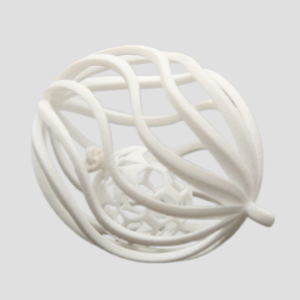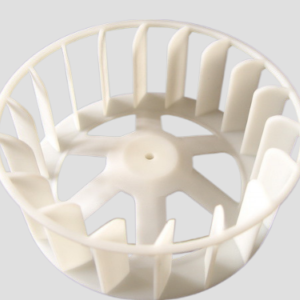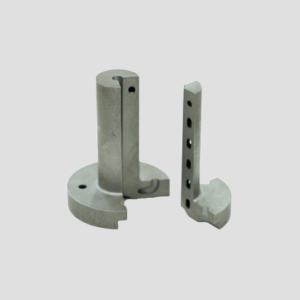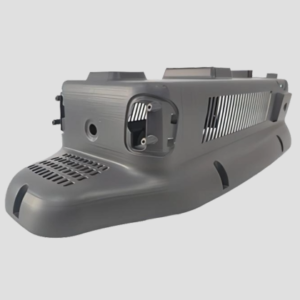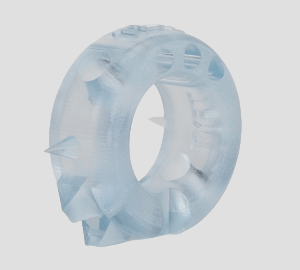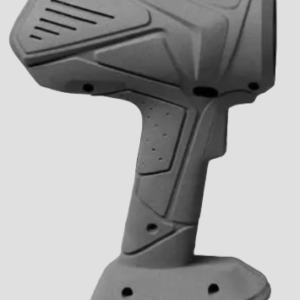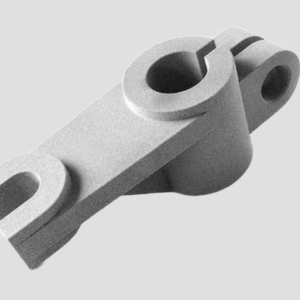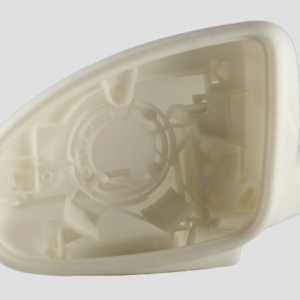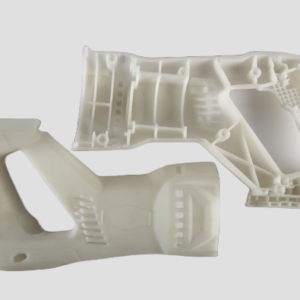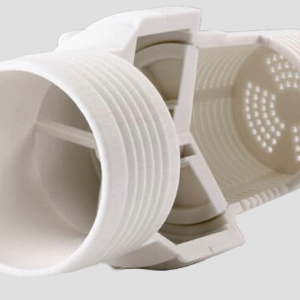


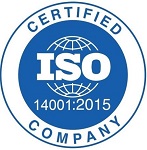
3D-Druck
Was es ist
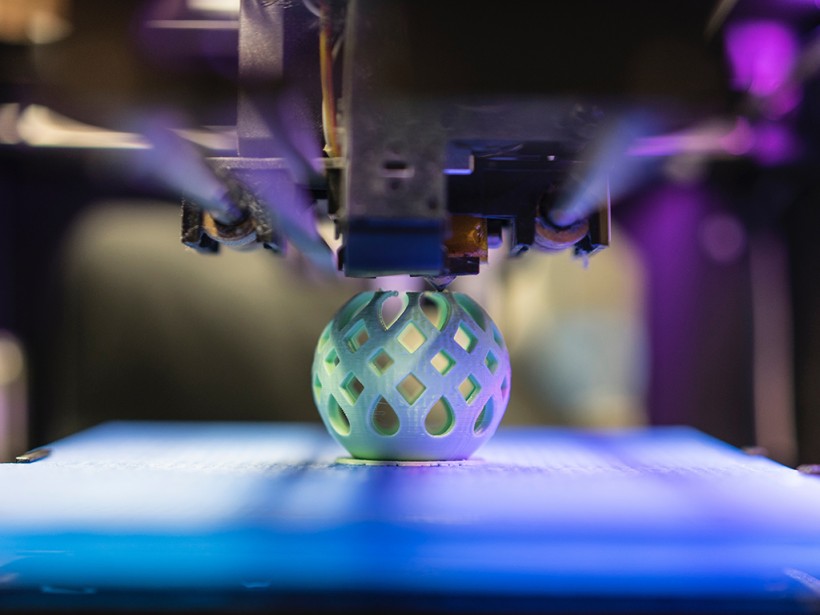
—
3D-Druck, auch als additive Fertigung bezeichnet, ist die Konstruktion eines dreidimensionalen Objekts anhand eines CAD-Modells oder eines digitalen 3D-Modells. Er kann in einer Vielzahl von Verfahren erfolgen, bei denen Material computergesteuert aufgetragen, verbunden oder verfestigt wird, wobei das Material in der Regel Schicht für Schicht hinzugefügt wird. Es ist in der Regel schnell und in der Lage, komplexere Geometrien zu erstellen als "traditionelle" Technologien, was in der technischen Industrie häufig genutzt wird, insbesondere für das Prototyping und die Erstellung leichter Geometrien.
—
3D-Druck
Unsere Prozessfähigkeiten
FDM
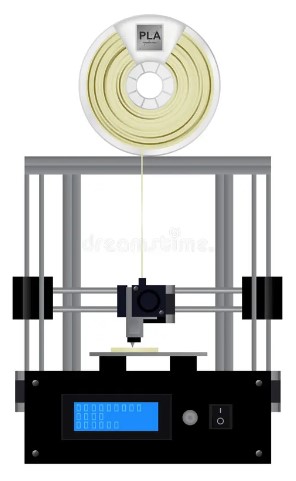
- FDM: Fused Deposition Modeling
- Kosteneffizient
- Weniger Nachbearbeitungen
- Flexibilität des Materials
- Niedrigere Druckauflösungen
SLA
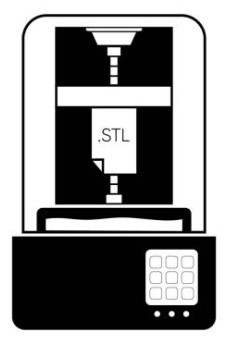
- SLA: Stereolithography
- Hohe Präzision
- Glatte Oberfläche
- Hohe Effizienz
- Einfache und schnelle Nachbearbeitung
SLS
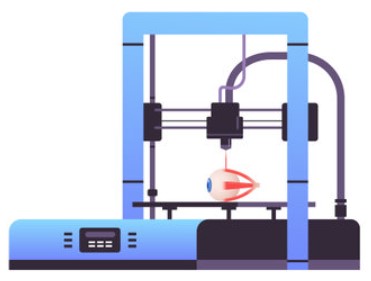
- SLS: Selective Laser Sintering
- Ausgezeichnete mechanische Eigenschaften
- Hohe Produktivität
- Keine Stützstrukturen
MJF
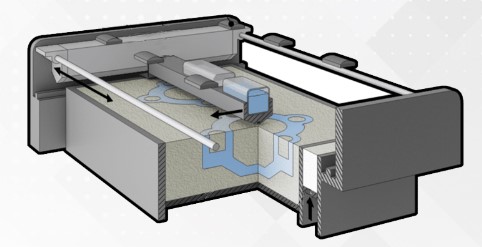
- MJF: Multi Jet Fusion
- Präzise und langlebig
- Kosteneffizient im großen Maßstab
- Schnellere Druckgeschwindigkeit
- Drucken in Farbe
- Begrenzte Materialoptionen
| Prozess | Stärke | Maßhaltigkeit | Schichtdicke | Mindestgröße des Merkmals | Kosten |
|---|---|---|---|---|---|
| Schreibtisch-FDM | Niedrige Kosten, große Auswahl an Materialien | ± 0,5% mit einer Untergrenze von ± 0,5 mm | 100-300μm | 2.0 mm | € |
| Industrielles FDM | Hohe Wiederholbarkeit, technische Materialien | ± 0,25% mit einer Untergrenze von ± 0,25 mm | 100-330μm | 2.0 mm | €€€€ |
| Schreibtisch-SLA | Glattes Oberflächenfinish, feine Ausstattungsdetails | ± 0,5% mit einer Untergrenze von ± 0,15 mm | 50-100μm | 0.2 mm | €€ |
| Industrielle SLA | Glatte Oberfläche, feine Details, großer Druckbereich | ± 0,2% mit einer Untergrenze von ± 0,127 mm | 50-100μm | 0.2 mm | €€€ |
| SLS | Designflexibilität, keine Stützen erforderlich | ± 0,3 % mit einer Untergrenze von ± 0,3 mm | 100μm | 0.5 mm | €€ |
| MJF | Designflexibilität, keine Stützen erforderlich | ± 0,3% mit einer Untergrenze von ± 0,3 mm | 80μm | 0.5 mm | €€ |
3D-Druck
Produkt-Galerie
3D-Druck
Anwendungen in der Industrie
Automobil
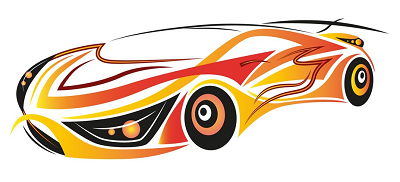
Industrielle Maschinen
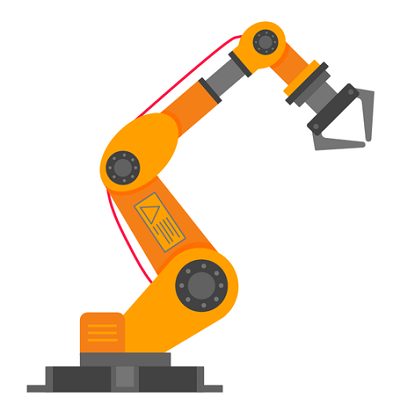
Erneuerbare Energie
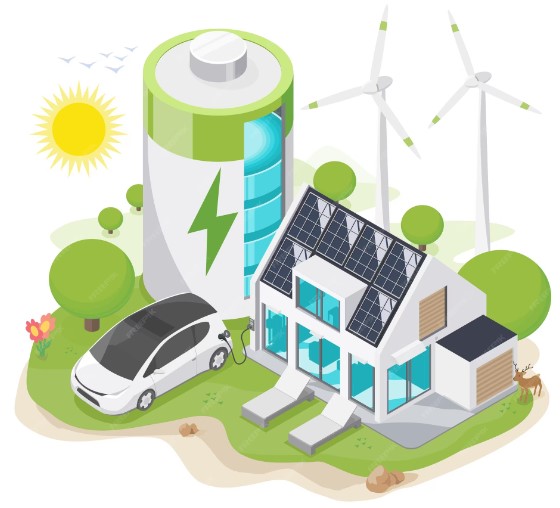
Medizinische Ausrüstung

Verbraucher- produkte und Elektronik
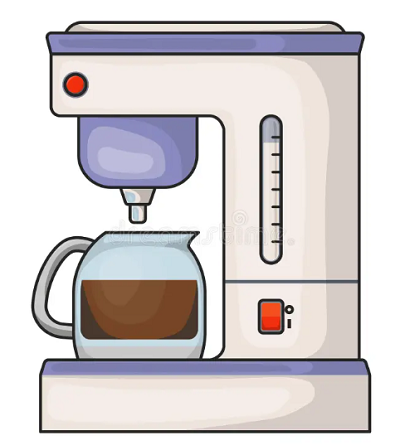
3D-Druck
Auswahl des Materials
| Prozess | Material | Key Features | Anwendungen |
|---|---|---|---|
| FDM | ABS (acrylonitrile butadiene styrene) | • Tough and durable • Heat and impact resistant • Requires a heated bed to print • Requires ventilation | •Functional prototypes |
| FDM | PLA (polylactic acid) | • The easiest FDM materials to print • Rigid, strong, but brittle • Less resistant to heat and chemicals • Biodegradable • Odorless | •Concept models •Looks-like prototypes |
| FDM | PETG (polyethylene terephthalate glycol) | • Compatible with lower printing temperatures for faster production • Humidity and chemical resistant • High transparency • Can be food safe | •Waterproof applications •Snap-fit components |
| FDM | Nylon | • Strong, durable, and lightweight • Tough and partially flexible • Heat and impact resistant • Very complex to print on FDM | • Functional prototypes • Wear resistant parts |
| FDM | TPU (thermoplastic polyurethane) | • Flexible and stretchable • Impact resistant • Excellent vibration dampening | • Flexible prototypes |
| FDM | PVA (polyvinyl alcohol) | • Soluble support material • Dissolves in water | •Support material |
| FDM | HIPS (high impact polystyrene) | • Soluble support material most commonly used with ABS •Dissolves in chemical limonene | •Support material |
| FDM | Composites (carbon fiber, kevlar, fiberglass) | • Rigid, strong, or extremely tough • Compatibility limited to some expensive industrial FDM 3D printers | • Functional prototypes • Jigs, fixtures, and tooling |
| SLA | Standard Resins | • High resolution • Smooth, matte surface finish | • Concept models • Looks-like prototypes |
| SLA | Clear Resin | • The only truly clear material for plastic 3D printing • Polishes to near optical transparency | • Parts requiring optical transparency • Millifluidics |
| SLA | Draft Resin | • One of the fastest materials for 3D printing • 4x faster than standard resins, up to 10x faster than FDM | • Initial Prototypes • Rapid Iterations |
| SLA | Tough and Durable Resins | • Strong, robust, functional, and dynamic materials • Can handle compression, stretching, bending, and impacts without breaking • Various materials with properties similar to ABS or PE | • Housings and enclosures • Jigs and fixtures • Connectors • Wear-and-tear prototypes |
| SLA | Rigid Resins | • Highly filled, strong and stiff materials that resist bending • Thermally and chemically resistant • Dimensionally stable under load | • Jigs, fixtures, and tooling • Turbines and fan blades • Fluid and airflow components • Electrical casings and automotive housings |
| SLA | Polyurethane Resins | • Excellent long-term durability • UV, temperature, and humidity stable • Flame retardancy, sterilizability, and chemical and abrasion resistance | • High performance automotive, aerospace, and machinery components • Robust and rugged end-use parts • Tough, longer-lasting functional prototypes |
| SLA | High Temp Resin | • High temperature resistance • High precision | • Hot air, gas, and fluid flow • Heat resistant mounts, housings, and fixtures • Molds and inserts |
| SLA | Flexible and Elastic Resins | • Flexibility of rubber, TPU, or silicone • Can withstand bending, flexing, and compression • Holds up to repeated cycles without tearing | • Consumer goods prototyping • Compliant features for robotics • Medical devices and anatomical models • Special effects props and models |
| SLS | Nylon 12 | • Strong, stiff, sturdy, and durable • Impact-resistant and can endure repeated wear and tear • Resistant to UV, light, heat, moisture, solvents, temperature, and water | • Functional prototyping • End-use parts • Medical devices |
| SLS | Nylon 11 | • Similar properties to Nylon 12 • But with a higher elasticity, elongation at break, and impact resistance, but lower stiffness | • Functional prototyping • End-use parts • Medical devices |
| SLS | TPU (thermoplastic polyurethane) | • Flexible, elastic, and rubbery • Resilient to deformation • High UV stability • Great shock absorption | • Functional prototyping • Flexible, rubber-like end-use parts • Medical devices |
| SLS | Nylon composites | • Nylon materials reinforced with glass, aluminum, or carbon fiber for added strength and rigidity | • Functional prototyping • Structural end-use parts |
| MJF | Nylon 12 | • Robust thermoplastic with high density • Balanced property profiles and strong structures • Good chemical resistance | • Complex assemblies • Enclosures • Watertight applications |
| MJF | Nylon 11 | • Enhanced elongation-at-break • High resistance and ductility | • Automotive interiors • Prostheses • Sports goods |
| MJF | Nylon composites | • Stiff • Dimensionally stable • Greatly reduces the warping problems | • Products with large planar surfaces |
| MJF | PP (Polypropylene) | • Top chemical resistance, weldability • Very low moisture absorption | • Automotive • Industrial • Consumer goods • Medical applications |




